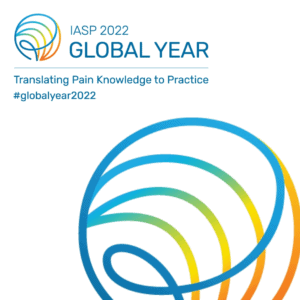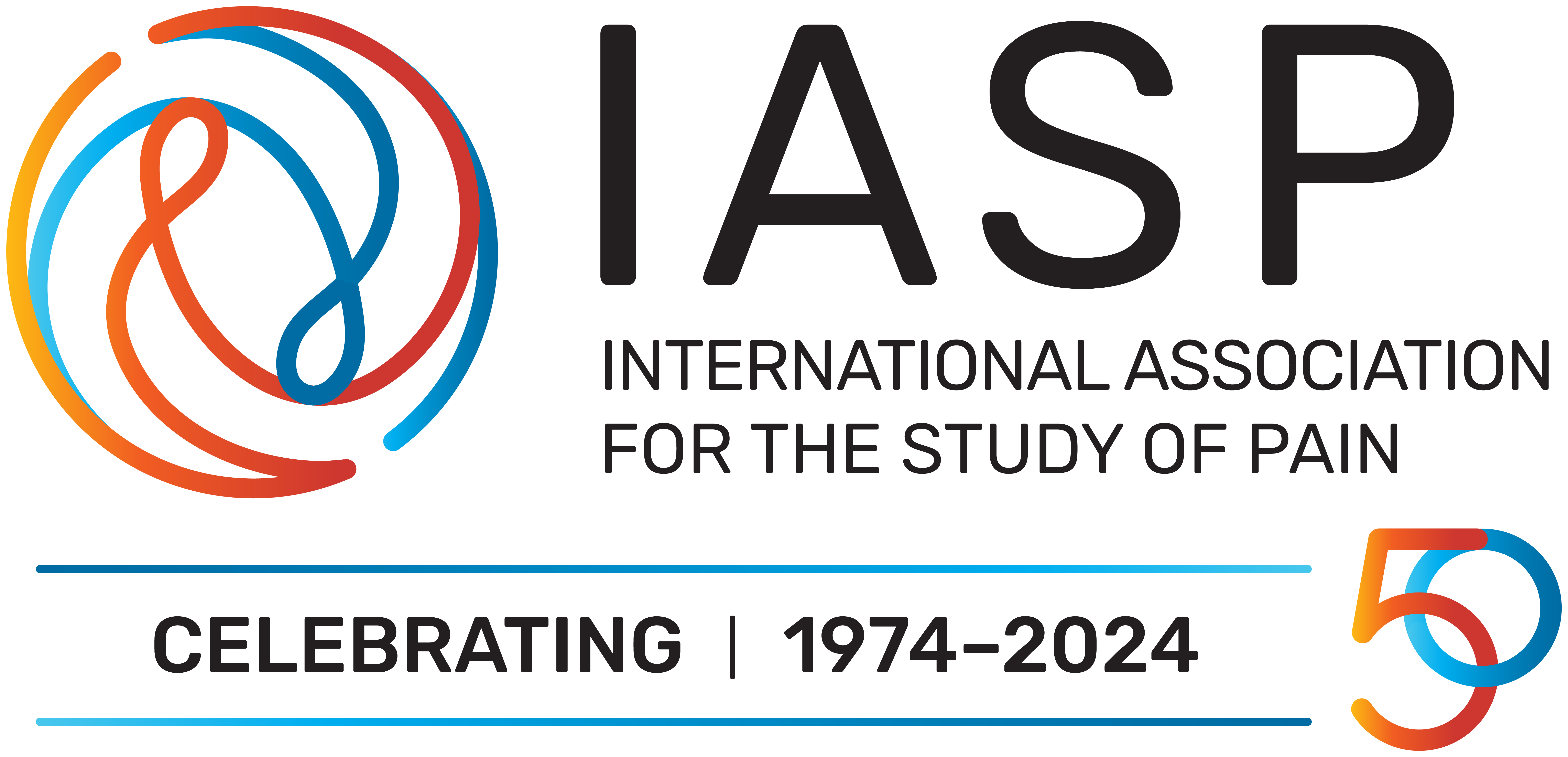- Anniversary/History
- Membership
- Publications
- Resources
- Education
- Events
- Outreach
- Careers
- About
- For Pain Patients and Professionals
Skip to content
Papers of the Week
Synthesis and Biological Characterization of Cyclic Disulfide-Containing Peptide Analogs of the Multifunctional Opioid/Neuropeptide FF Receptor Agonists That Produce Long-Lasting and Nontolerant Antinociception.
Abstract
In a previously described chimeric peptide, we reported that the multifunctional opioid/neuropeptide FF (NPFF) receptor agonist (BN-9) produced antinociception for 1.5 h after supraspinal administration. Herein, four cyclic disulfide analogs containing l- and/or d-type cysteine at positions 2 and 5 were synthesized. The cyclized analogs and their linear counterparts behaved as multifunctional agonists at both opioid and NPFF receptors and produced potent analgesia without tolerance development. In comparison to , cyclized peptide exhibited sevenfold more potent μ-opioid receptor agonistic activity . Interestingly, the cyclized analog possessed an improved stability in the brain and an increased blood-brain barrier permeability compared to the parent peptide and produced more potent analgesia after supraspinal or subcutaneous administration with improved duration of action of 4 h. In addition, antinociceptive tolerance of analog was greatly reduced after subcutaneous injection compared to fentanyl, as was the rewarding effect, withdrawal reaction, and gastrointestinal inhibition.

